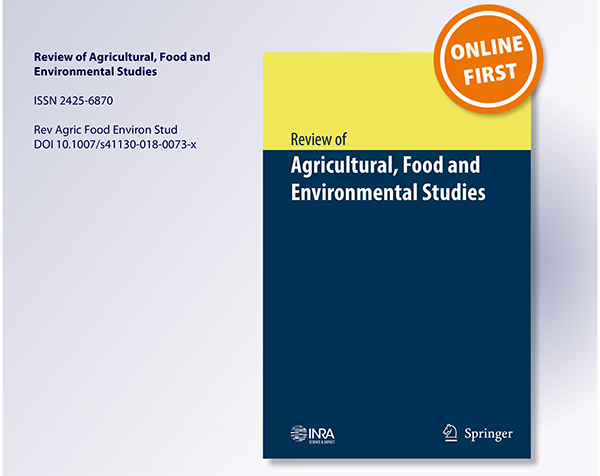
Collective conceptualization and management of risk for arsenic pollution in urban community gardens
4 juillet 2018 Par Camille DumatAuteurs : Camille Dumat, Antoine Pierart, Muhammad Shahid, Jintao Wu
At the global scale, an increase in urban gardening activities is being observed and the question of produce quality is therefore regularly investigated in relation to pollutant transfer in the environment. The scientific question investigated in the present study was in what way is the presence of arsenic pollution detected in community gardens a public problem and how would each party take ownership of this issue? An interdisciplinary and participative research study BJASSUR^ based on both agronomy and risk assessments was conducted in a French collective garden impacted by arsenic pollution in the well water used for irrigation. Gardener surveys and public meetings examined the gardeners’ representations of risk and research solutions for sustainable site management. The theoretical framework of Gilbert which applies a social construction of risk was used. Without an official arsenic limit concentration for vegetables produced in the gardens, a collective risk construction and management process took place. Arsenic total and human bioaccessible concentrations were measured in both vegetables and soil and compared to reference data from a national database to assess the level of health risk. Vegetable quantities produced were obtained in the field from gardeners using harvest booklets. On the basis of a quantitative assessment of the health risk due to produced vegetable consumption, it was concluded that gardening activities could safely continue. However, the regional health authorities forbid the use of the arsenic polluted water, and the wells were permanently closed. By favoring the exchanges between the gardeners and the other stakeholders (researchers and politicians), the arsenic pollution led to structuration in the community of gardeners and permitted a collective construction of risk management.
AUTHOR-DEPOSITED VERSION PUBLISHED ⇒ Springer Paris, ISSN 2425-6897.https://doi.org/10.1007/s41130-018-0073-x


